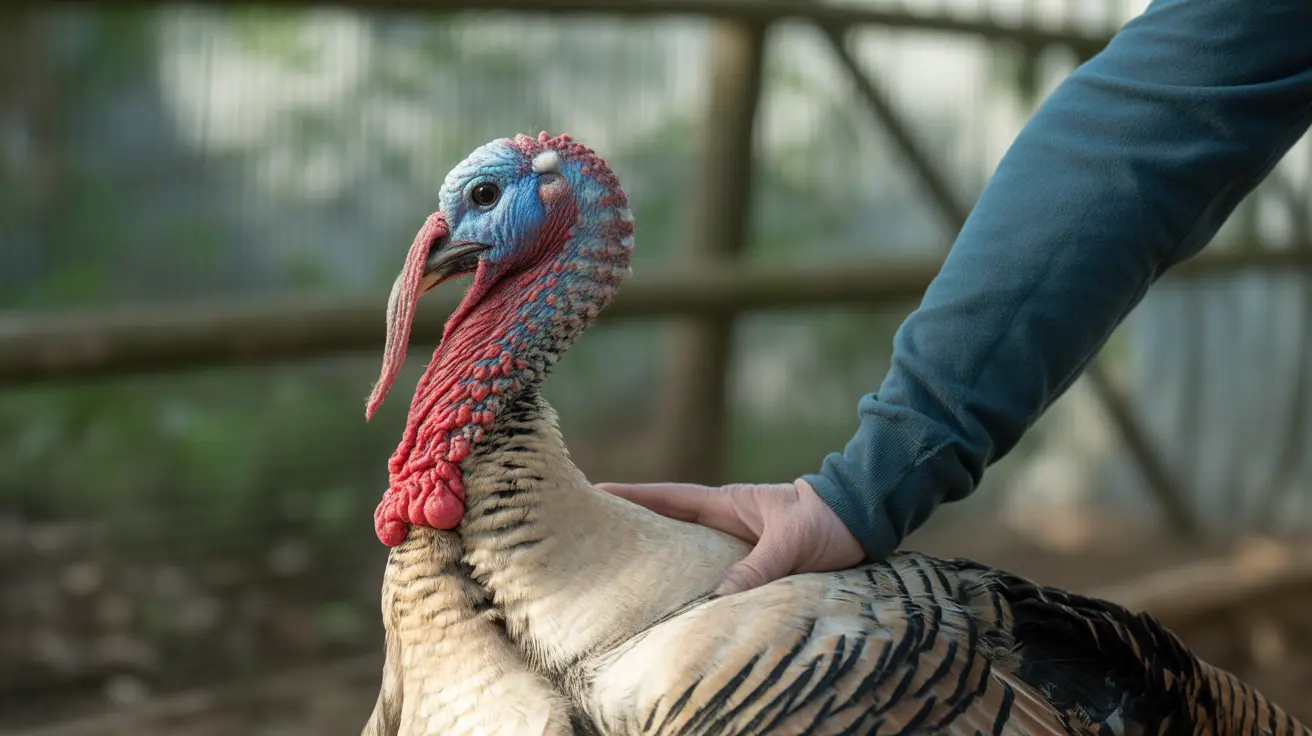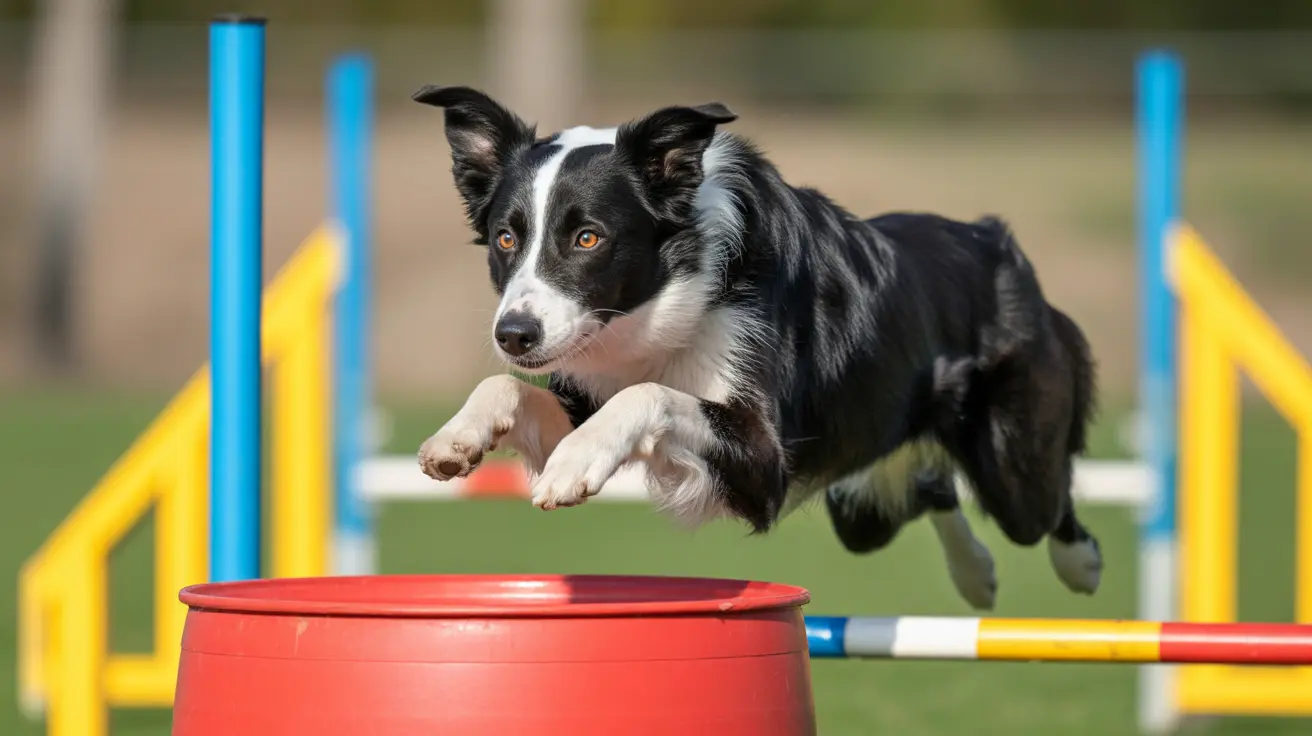Understanding How Dogs Apologize: A Guide to Canine Communication
Dogs are highly expressive animals that communicate their emotions and intentions primarily through body language and subtle behavioral cues. One fascinating aspect of canine behavior that often captivates pet owners is how dogs express remorse or apologize. While dogs don't apologize in the human sense, they use a range of non-verbal signals to convey appeasement, regret, or submission, especially after a perceived misstep.
Why Understanding Dog Apologies Matters
Recognizing canine apology cues is essential for maintaining trust and a strong bond between owner and dog. Misunderstanding these signals can lead to unnecessary punishment or stress, potentially eroding your pet’s sense of safety.
Common Ways Dogs Apologize
When a dog senses they’ve upset their owner or another animal, they may display the following behaviors to reconcile:
- Cowering or lowering their body: A lowered posture signals submission and an attempt to avoid confrontation.
- Tail tucking: Dogs tuck their tails between their legs when they feel ashamed or threatened.
- Turning away or avoiding eye contact: Just like humans may look away in guilt, dogs do the same to show appeasement.
- Licking lips or nose: This nervous behavior often indicates discomfort or an apology.
- Approaching slowly, head lowered: This is a dog’s version of saying “I didn’t mean to upset you.”
- Paw lifting or gentle pawing: Dogs may try to touch their owner gently to seek forgiveness or attention without confrontation.
- Whining softly or giving a submissive grin: These sounds and expressions aim to de-escalate tension and restore calm.
Canine Apologies vs. Learned Behavior
It's important to differentiate genuine signs of remorse from behaviors dogs learn deliver positive outcomes. For instance, if a dog learns that licking your hand after upsetting you results in petting or treats, the behavior could be reinforced rather than genuinely expressive of regret.
Training and Trust: Setting the Stage for Understanding
Positive reinforcement and consistent handling help dogs feel secure and understand expectations. Building trust encourages your dog to seek reconciliation through natural communication. Avoid harsh corrections or scolding that can confuse or stress your pet.
Helping Your Dog Feel Safe When Apologizing
- Respect their body language: If a dog shows submissive signals, respond with calm tone and body posture.
- Use positive reinforcement: Praise and treats for calm behavior foster mutual understanding.
- Don’t force apologies: Pressuring a dog to display certain behaviors can cause fear or resistance.
- Monitor interactions with other pets: Dogs also apologize to each other using similar body language—such as nose nudges or submissive play bows. Allow space for those exchanges to happen naturally.
Maintaining a Healthy Relationship with Your Dog
Understanding and respecting your dog’s natural apology language strengthens the emotional bond between you. Dogs thrive in environments where their cues are recognized and honored, helping them to feel safe, loved, and understood.
Signs You Should Watch Out For
Sometimes, what appears as an apology may actually signal stress or fear. If your dog:
- Frequently cowers or avoids you
- Shows anxiety signs such as hiding or excessive licking
- Stops engaging in play or regular activities
It may be time to assess your handling approach or consult with a behaviorist. Gentle, consistent interaction is key to rebuilding confidence and reinforcing trust.
Conclusion
Dogs apologize using a rich palette of body language and behavior that indicate submission and a desire to smooth over social tensions. Recognizing these cues is an integral part of responsible pet ownership. Armed with patience, empathy, and knowledge, you can nurture a deeper, more rewarding bond with your canine friend.





